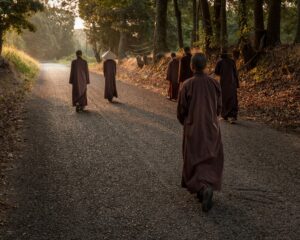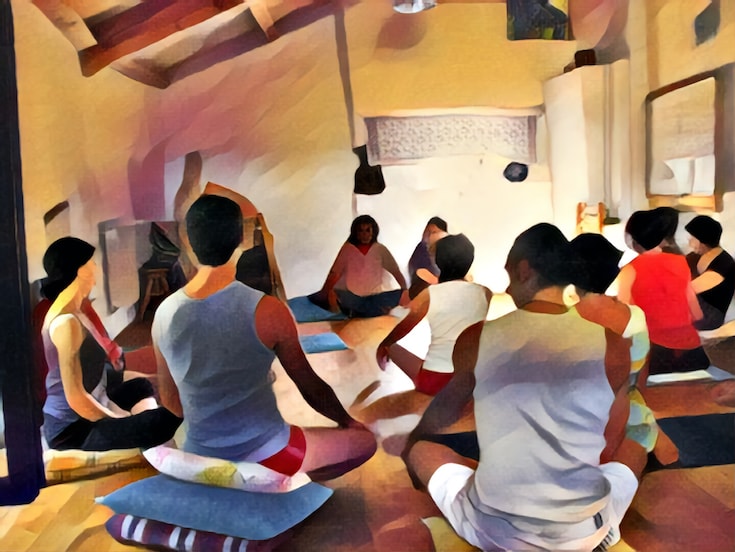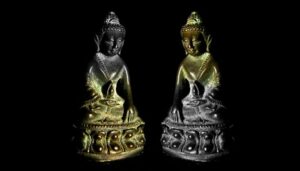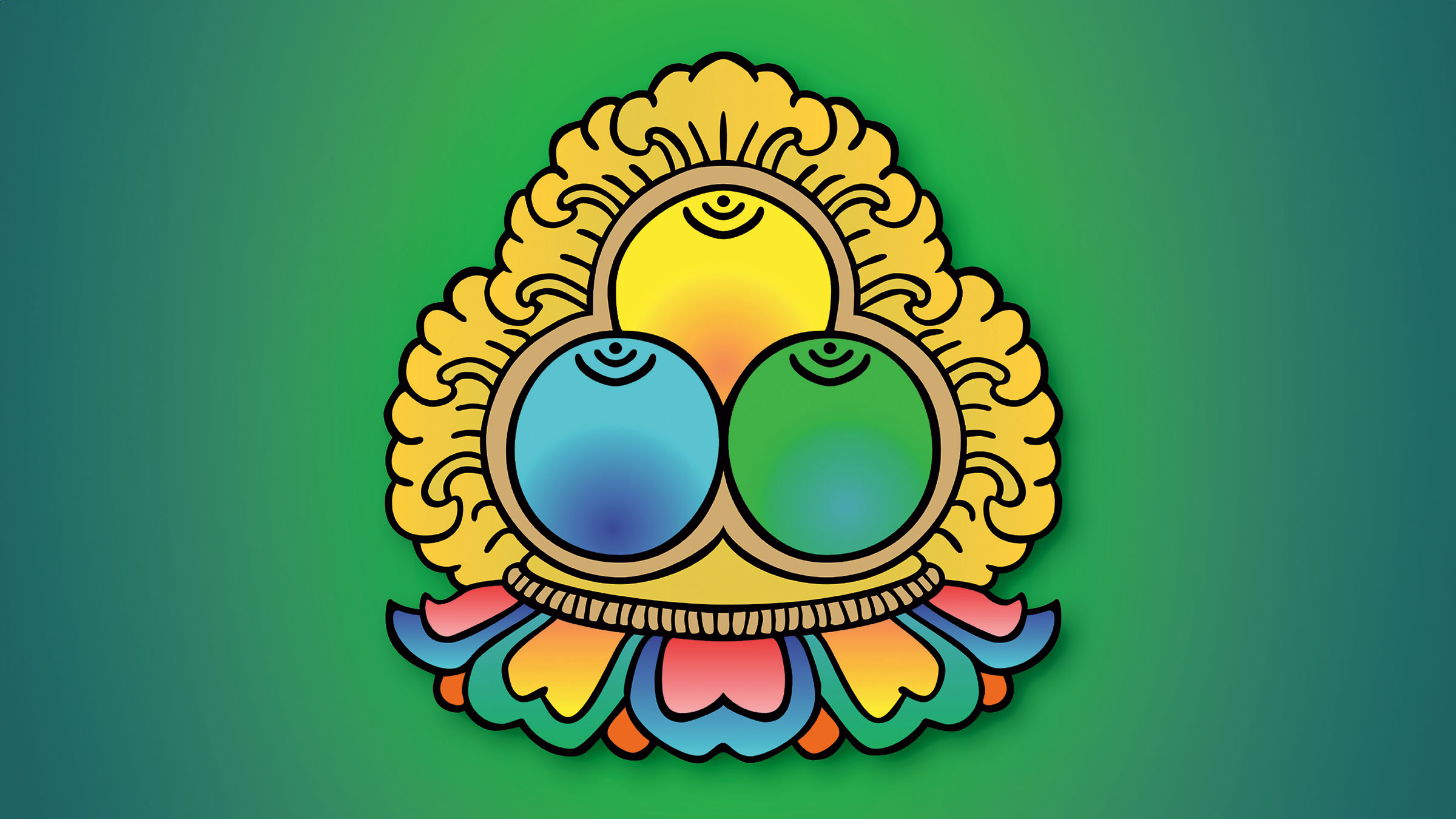Deep Dive
Spiritual Friendship
“Noble friends are the whole of the holy life,” the historical Buddha taught. Read up on Buddhism’s notion of the kalyanamitta, or spiritual friend. Do you know how to recognize one? Do you know how to be one?
“A kalyana mitra [spiritual friend] is not just any pal you hang out with.
A virtuous friend is someone who uplifts your path
to a higher level of ethical and spiritual well-being.”
—David Viafora
What to Do When Your Dharma Group Doesn’t Get Along
What to do when spiritual friendships turn into spiritual feuds? Erric Solomon draws on management principles, dharma teachings, and personal experience to offer practical tips for dealing with conflict in dharma groups.
How Am I Doing?
From time to time, says Anyen Rinpoche, it’s important to take an honest look at yourself and ask, how am I doing on the Buddhist path?
Take Refuge in the Three Jewels
The Dalai Lama and Thubten Chodron outline three levels of Buddhist ethical codes and how we can follow them.
Fear, Forgiveness & Self-care with Mushim Ikeda
Feelings of grief, panic and helplessness can lead one to do unpredictable, irrational things. In this selection from Lion’s Roar’s online course, Medicine for Fear, dharma teacher Mushim Patricia Ikeda of the East Bay Meditation Center talks about the art of “feeling all the feelings” without causing harm to yourself and others and why the smallest act of kindness can be a powerful form of activism.
Living Buddhist Ethics
Looking primarily at the three sila aspects of the Buddha’s eightfold path—right action, right speech, and right livelihood—leading dharma figures explain how, as Buddhists in today’s world, we can live ethically, and in accord with what the dharma teaches.
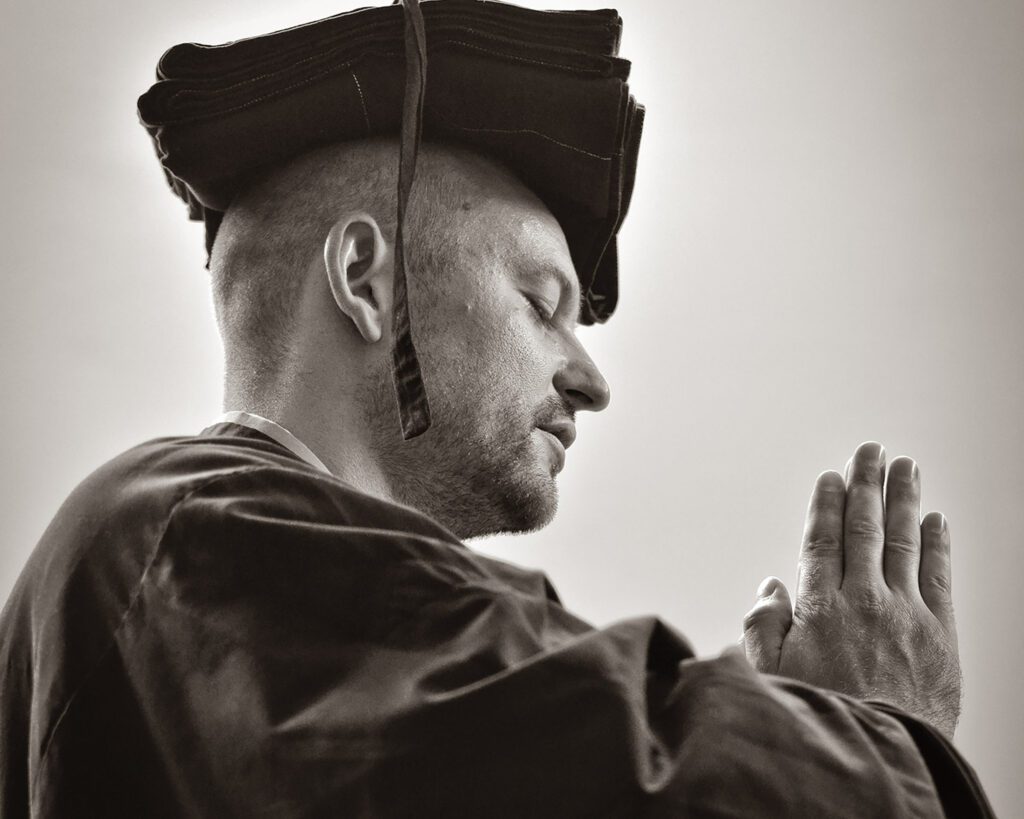
Ethics, Meditation, and Wisdom
Norman Fischer on how sila, samadhi, and prajna work together to give us stability on the Buddhist path to liberation.
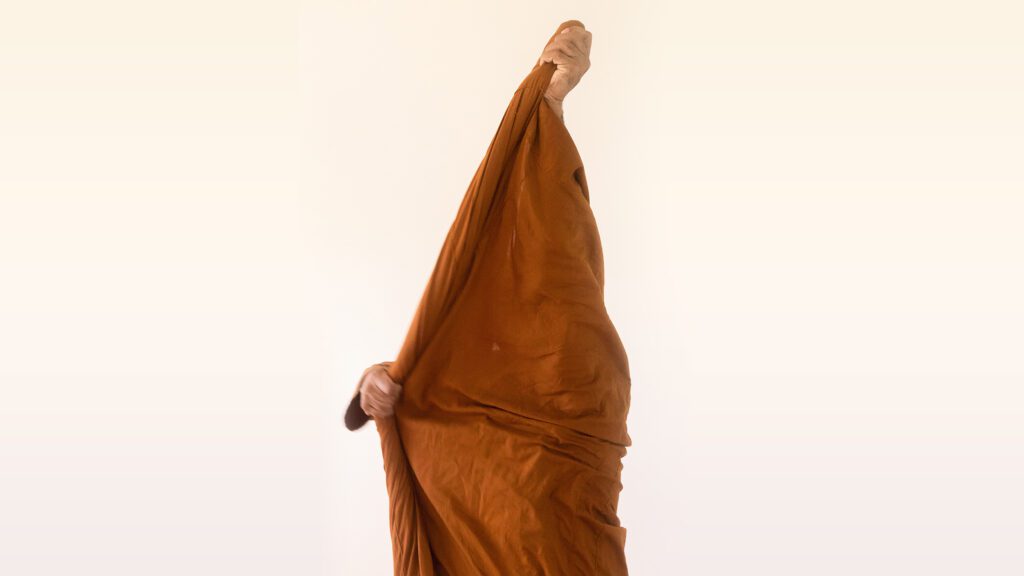
Understanding the Vinaya
Amy Paris Langenberg on the history, evolution, and modern manifestations of the training rules followed by Buddhist monastics.

Dukkha as a Doorway to Liberation
Scott Tusa on how Buddhist ethics transcend mere morality and help us to realize awakening.
Post-Election Wisdom
The ’24 US presidential campaign and election marked new levels of division. Here, Buddhist teachers and leaders share reactions and practices to help us go forward with more harmony.
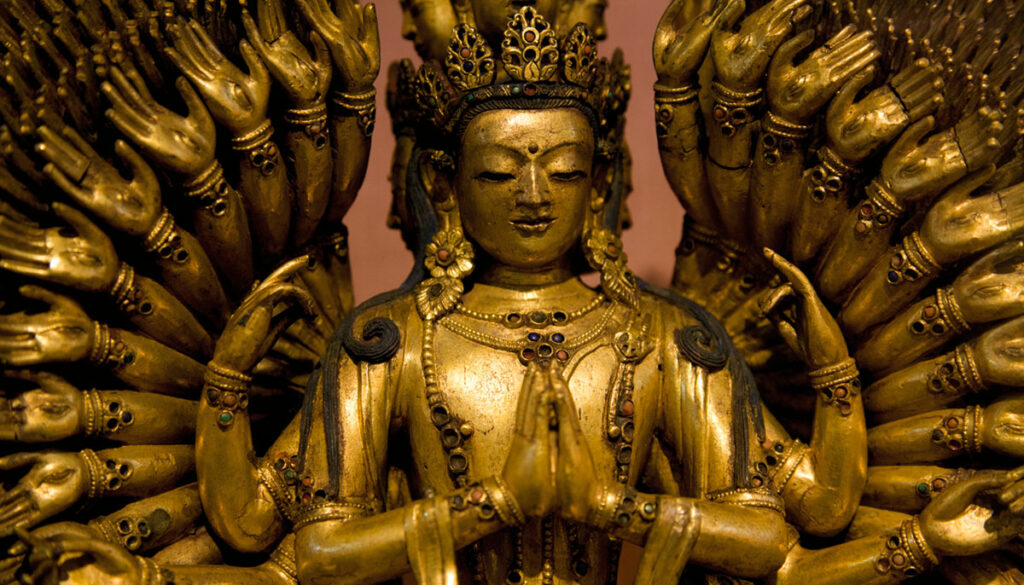
When Bodhisattvas Break
Lama Karma Yeshe Chödrön invites us to find hope and resilience in our grief, just as the bodhisattva Avalokiteshvara, even after shattering under the weight of samsara, finds strength to alleviate the suffering of all beings.
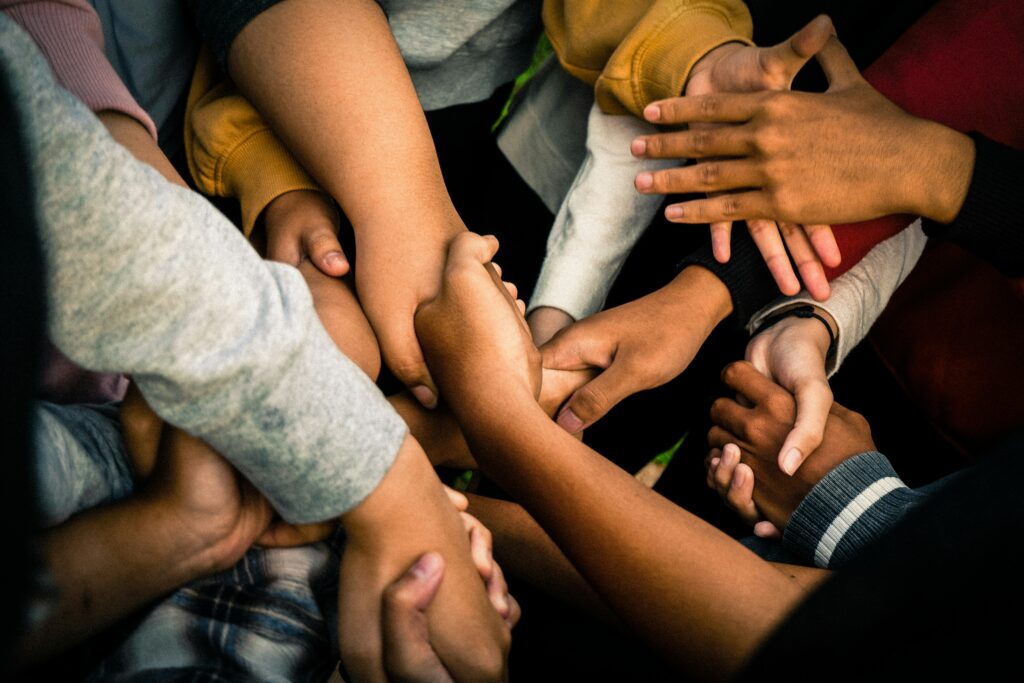
Our Shared Struggle
Ray Buckner reflects on the recognition of our shared experience of suffering. And how, through acknowledging this interconnectedness, we find strength and purpose in working collectively to alleviate suffering for ourselves and others.
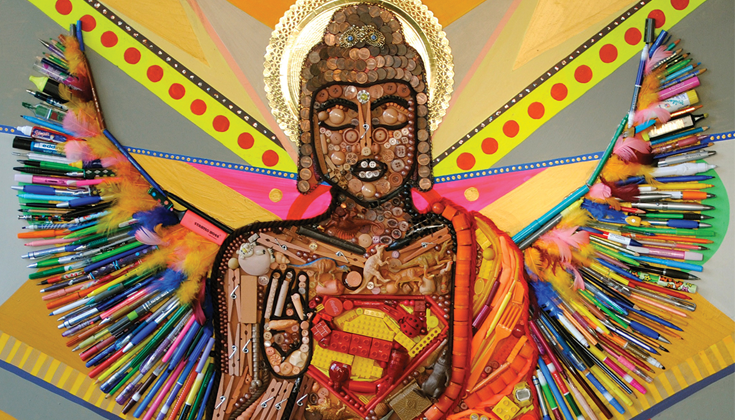
I Vow Not to Burn Out
Mushim Patricia Ikeda says it’s not enough to help others. You have to take care of yourself too.
The Six Dharmas of Naropa
Considered a fast track to buddhahood, the Six Dharmas are advanced tantric practices including tummo (inner heat), yoga of the dream state, resting in luminosity, and more. Featuring an overview by Pema Khandro Rinpoche, plus in-depth teachings by specialists in each of the Six Dharmas.
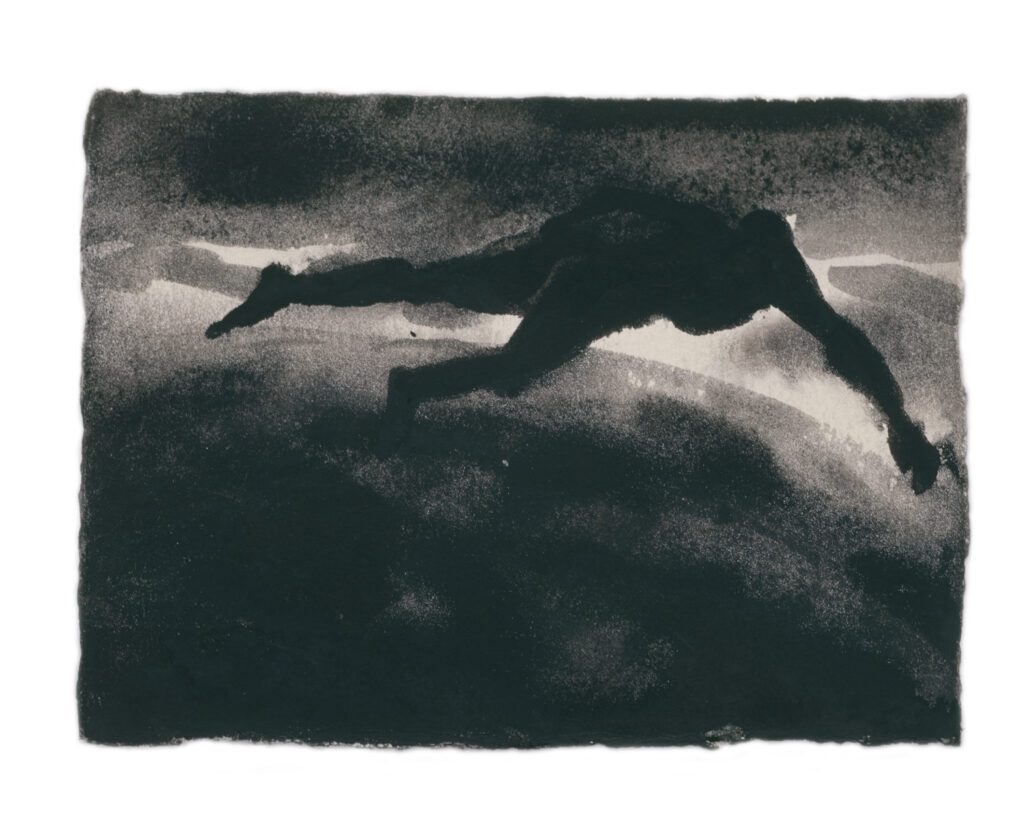
The Swift Path to Buddhahood
Pema Khandro on the fascinating history, practice, and purpose of the Six Dharmas of Naropa.
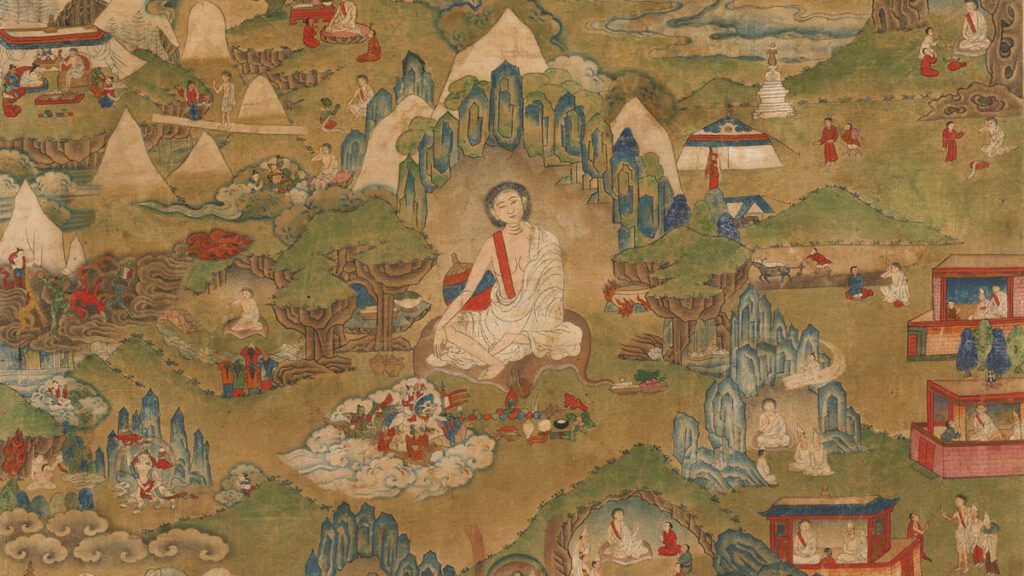
The Practice of Fierce Inner Heat
Judith Simmer-Brown on tummo, one of the most famous esoteric practices of Tibetan Vajrayana and the Six Dharmas. What is it, what are its benefits, and what role does it play in our journey to enlightenment?

A Wake-Up Call
Andrew Holecek on bardo, one of the Six Dharmas of Naropa’s two practices for helping us find our way, when the time comes, through the death experience. It can help us in life, too.




